PICTURE BOOKS: Landacre, Underwood, more Rössing
Filling the Gap
While waiting the next ART I SEE interview to be completed, I thought I might present four recent picture book acquisitions. In keeping with my collecting strategem, each book is limited to relief prints with little or no text (other than a preface). Two of them represent collecting coups: one because it is extremely rare, and one because it has been in my sights for over 30 years. While two other books add to my knowledge of the German printmaker Karl Rössing, whom I first wrote about in Karl Rössing: Witness to Weimar’s Final Years. (http://www.scottponemone.com/karl-rossing-witness-to-weimars-final-years/)
PAUL LANDACRE’s California Hills
I’ve known about this book every since I purchased a printer’s proof (from an edition of 150) of the book’s first plate while in San Francisco in 1987. I was immediately taken by Landacre’s cutting style–all the energy he got from all of his long, almost parallel lines–that was the perfect response to the state’s naked landscapes.
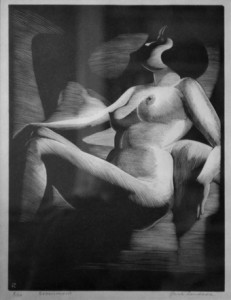 In 1989 I was able to buy a signed print by Landacre during a one-day sale by the legendary Bethesda, MD, dealer Betty Duffy.
In 1989 I was able to buy a signed print by Landacre during a one-day sale by the legendary Bethesda, MD, dealer Betty Duffy.
◀︎ Paul H. Landacre (Am, 1893-1963), Experiment, wood engraving, 8″ x 6″, numbered 8 in a expected edition of 60.
I was able to find one online listing for this print the stated: “There is also hand written text on the picture back which states that the intended edition was 60, but only 17 were ever produced. It is dated 1933.” (https://www.1stdibs.com/furniture/wall-decorations/prints/nude-engraving-paul-landacre/id-f_247208/)
But his 1931 book California Hills & Other Wood Engravings in an edition of 500 stayed out of my reach financially. And naturally by waiting I got to see the asking prices on AbeBooks.com go up. Then last February two copies appeared on eBay: one uncut copy offered from a guy in Frederick, MD and another fully cut copy from a guy in California. There was a $300 difference in price, with the uncut copy the lesser price. I had the Frederick seller agree to bring his copy to me in part because the other seller didn’t want to drop his price. But I didn’t really want the uncut copy, knowing I would want to cut the pages but not feel worthy of the effort. But the Frederick guy said something to me about negotiating prices that I then tried on the other seller: Would he drop his price if we dealt privately. i.e. cut out eBay? He agreed. So I stopped the Frederick guy from visiting.
The 14 plates are not sequenced chronogically. I think the vistas like Plate 1: Headland . . . Big Sur Coast are the more mature ones, certainly the more distinguished.
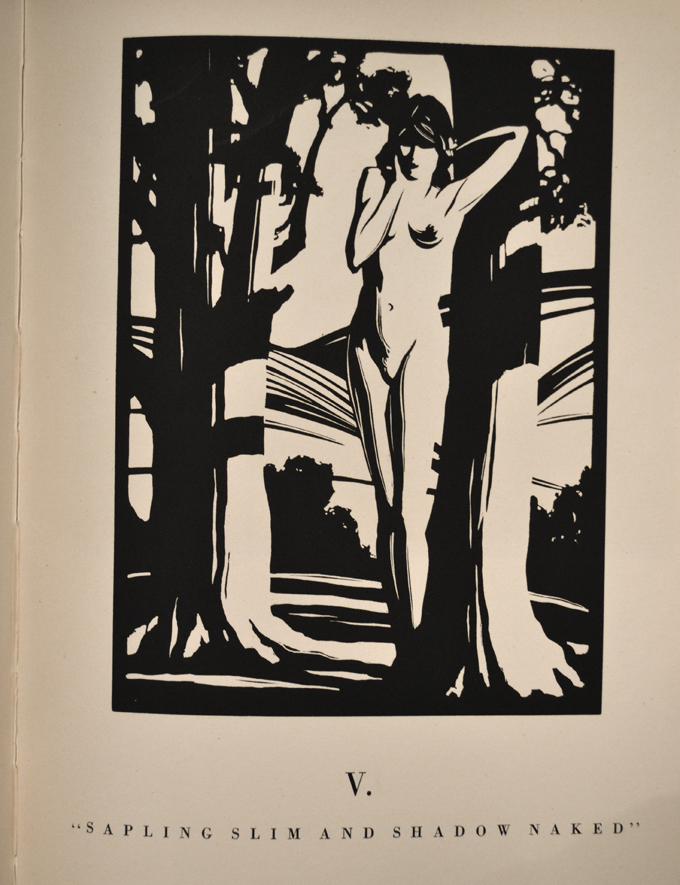
This plate is the most derivative. It seems to reference the stark black-and white-early 20th-century British relief prints by Robert Gibbings and Edward Wadsworth.
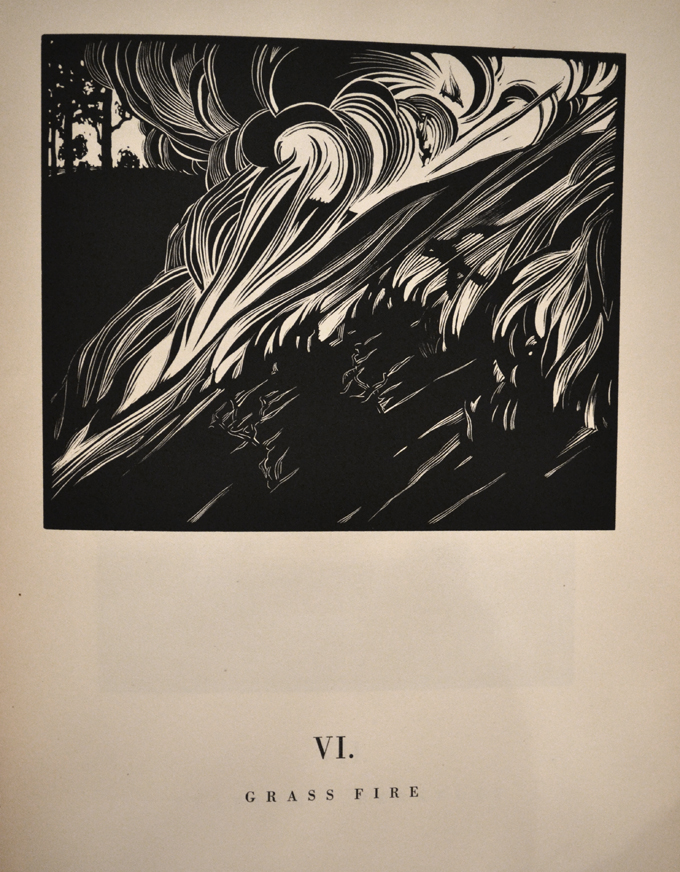
While Plate VI: Grass Fire may have been an intermediate effort. In his preface the California painter Arthur Millier says, “These earlier prints have neither the poise nor the technical richness of the maintain engravings.” Landacre also included the images of buildings on the U.C.L.A. campus that reflect the later parallel-line technique. But I don’t care for them, particularly Plate III: Physics Building . . . U.C.L.A.
Here’s three more of his mountain scenes:
Leon Underwood’s Animalia
In the 1980s I bought a trade edition of Animalia from Kelmscott Books in Baltimore. The short rhymes and fanciful woodcuts by the British artist Leon Underwood (1890-1975) are just delightful. Evidently Underwood wrote the poems to answer a (his) child’s “why” questions about animals. In his poem as preface, Underwood wrote:
“A child, (his fancy dare not guess)/Invariably asks his elders/The basic truth about it./Which then as now bewilders,/For only fat fibs are not doubted.”
In short his poems are the “fat fibs” and the accompanying woodcuts illustrate them.

(above) The endpapers for the trade edition of Animalia. (Below right) The jacket to the trade edition.
The colophon stated that there were 28 numbered and autographed copies of Animalia made with the images “printed by the artist from the original blocks.” What chance was I ever to find and afford one of the 28? So I never paid much mind to it. . . . until last February when–on a whim–I did an eBay search for Leon Underwood. And there it was–one of the 28. I routinely browse eBay for books illustrated with woodcuts or wood engravings, but this listing did not mention the medium in its headline. So finding it was purely a product of that whim.
I spotted the listing a few minutes before leaving the house for a concert. The price was far under the one AbeBooks.com listing (I always check), yet the eBay seller had a “Make an Offer” button. So I discounted the price by 20 percent, expecting a no-go email the next day. Instead, the offer was immediately accepted. So suddenly I was an owner of one of the 28–and this was the same time I was negotiating to buy one of the California Hills copies on eBay.
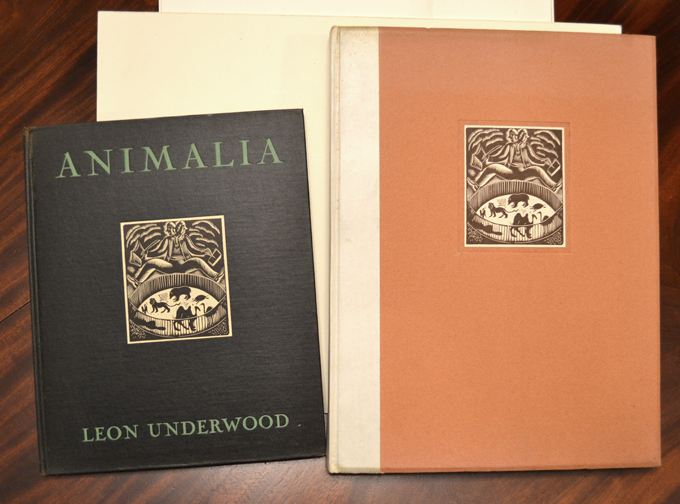
The biggest surprise upon receiving the limited edition was the size difference (the trade edition without its dust jacket on the left). The limited edition’s larger size allows for all of the woodcuts to be orientated correctly with the text.
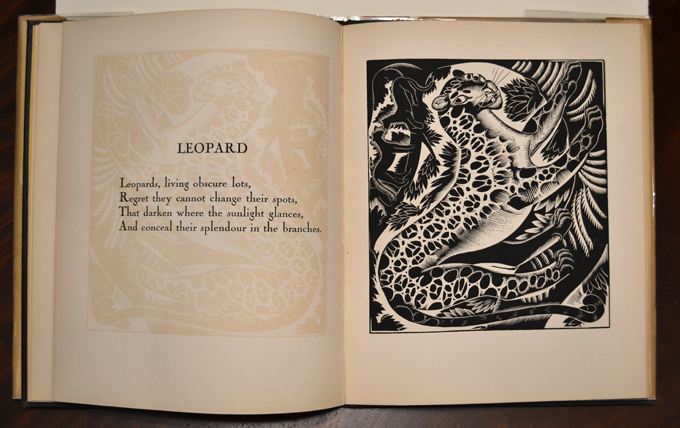
In the trade copy the horizontal images were rotated 90 degrees (above), while in the limited copy these images like the Leopard are aligned with the text (below).
Note that in the limited edition the images were printed on Shoji paper, then tipped in to the book printed on Van Gelder paper. Even the small images on the title pages were done that way (below).
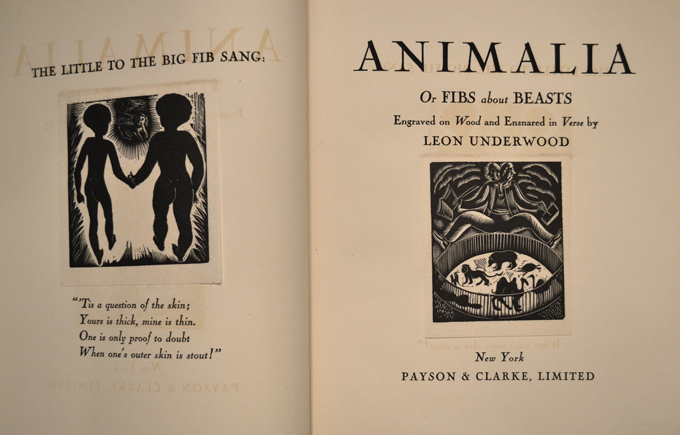
And now two more openings in the limited edition. The poem and its illustration to Mole and Dove are my favorites.
Karl Rössing’s transformation
Bilder-Rätsel
Two years after his 1932 biting book Mein Vorurteil gegen diese Zeit (My Prejudice Against This Era), which I picture and describe in my previous Rössing post, and one year after Hitler’s rise to power in Germany, came Rössing’s enigmatic little book Bilder-Rätsel of rebuses (pictograms puzzles). Once again I have to thank eBay for bringing this book to my attention.
But first a look back at Mein Vorurteil and how critical it was of the last days of the Weimar Republic and the threat he perceived Hitler to be. Once again here are plates from that book and the commentary of Oliver Shell, Associate Curator of European Painting & Sculpture at the Baltimore Museum of Art. (The images shown are from a portfolio printed from the original blocks in 1984 and signed by Rössing (1897-1987).)
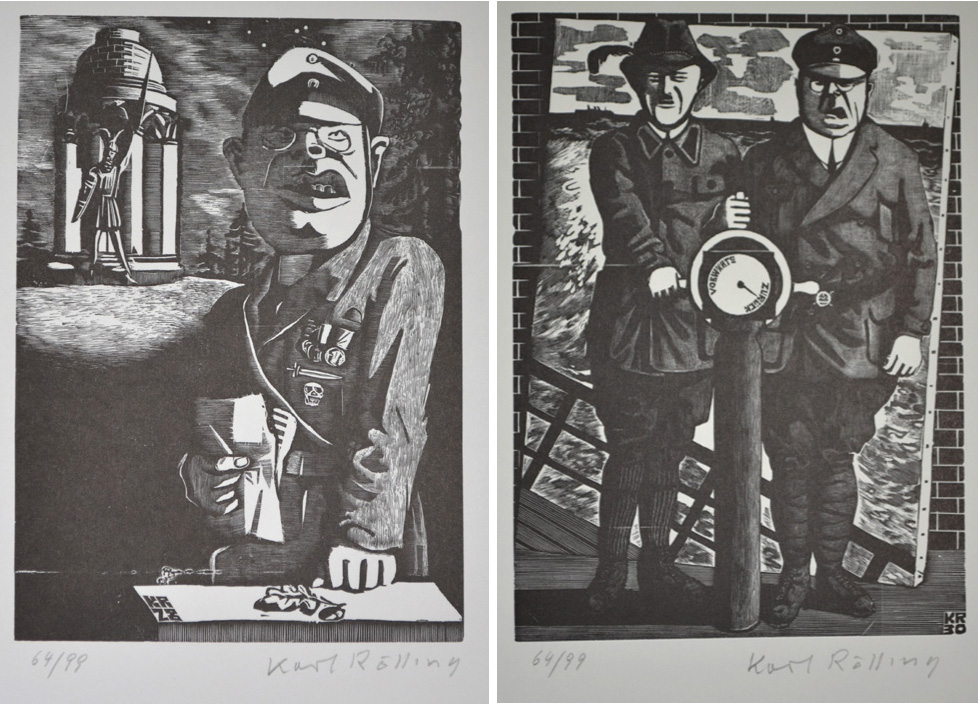
(left) Ein Traum im deutschen Märchenwald – A Dream in the German Fairytale Forest: Märchenwald evokes the notion of a fantasy version of German history. The knight and the building in the background seem to refer loosely to medieval fantasy and evoke the burial monument of Theodoric in Ravenna—thus a historical period of Germanic peace and sovereignty is alluded to. Among the brutish German officer’s medals is a death head. The basic conceit is of a contemporary military officer having the delusion of seeing himself as the modern representative of a noble Germanic tradition of medieval chivalry.
(right) Mit Volldampt zurück – Full Steam Backwards: The binnacle says “Forwards” and “Backwards” on it with the arrow pointing on the backwards indicator. The left figure seems to be a cartoonish yet not exact depiction of Hitler. The other figure evokes Paul Von Hindenburg (who swore Hitler into power in 1933) but who is missing his characteristic mustache.
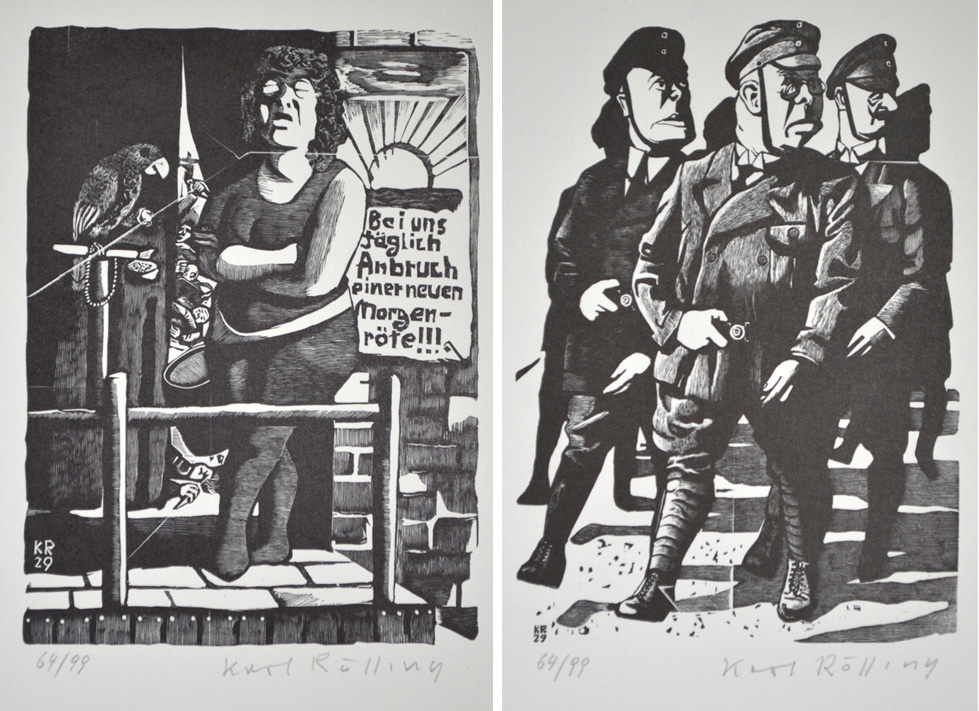
(left) Die Partei – The Political Party: “With us every day has a new red dawn!!!” The red may be a jab at leftist or Socialist political parties (Let’s not forget the Nazis presented themselves as “Socialists”), but as the scene of carnage we glimpse through the crack in the curtain reveals, the red also signals some hushed up bloody event.
(right) Die Alte Garde (Und wenn die Welt voll Teufel wär) – The Old Guard (And when the World Was Full of Devils)
Then two years after the publication of all that spit and vinegar came Bilder-Rätsel. Did these rebuses hide messages of political satire? Or did they just show an innocent puzzle-making side of the artist? Here are some of the pages?
Yes, Rössing supplied answers, but I didn’t know anyone who could put the puzzles into the context of 1934 Germany. But you can try. The puzzles above are #6 (left) and #7 (right), then #16 (left) and #17 (right), then (top) #12 and bottom #13. And here are the answers:
Begegnungen
Then I came across another Rössing book, this one post-World War II. Called Begegnungen or “Encounters,” it’s also a puzzle book, where the artist combines imagery from two well-known artists’ work and asks the viewer to guess the artist and the names of the works that were appropriated from. Rössing said the idea for the book came to him while he was a prisoner of war. The images were cut in 1945-6. This book was published in 1977, mostly from the original blocks, in a signed edition of 600.
Oliver Shell did translate the artist’s statement that appears before the answer pages:
The original intention underlying the Encounters series was to bring together and combine pictorial elements—mainly figures—based on known artworks from different times and cultures. I conceived this idea while I was a prisoner of war and acutely aware of a larger pressing sense of universal collapse. The pictures I intended to discover should reveal that in art there is no separation. This is not a new thought, or perhaps a very simple one, but it suited me as it struck me as conciliatory. I hoped that such an idea could lead me to a new beginning after this terrible war, which had destroyed everything.
I returned and began the series; and with this beginning, it turned out that something additional occurred that expanded my intentions, something that gave the Encounters their true meaning and which may open the way for them to gain a new significance. As I extracted the figures from their pictures and distanced them from their original contexts I removed them from their worlds. And, as I combined them with other figures which had been equally removed from their surroundings, I created a new environment for them in which they either had to unite or clash. They were abandoned and had to feel abandoned, banished, lost and with a great uncertainty of how their futures would go or not go. At the same time I also wanted to remove the original associations and familiar pictorial understanding of the old paintings, which over time had removed any sense of uncertainty or doubt, and prevented these pictures from provoking new thought. I wanted to lead not only the figures into a state of feeling lost, or at least estranged, but also the observer as well.
Thirty-two years have passed and only now for the first time these images are coming to light and being published. The Encounters were produced in Blankenburg (Harz) between the fall of 1945 and spring of 1946.
Here are some of the “Encounters.”
Top Row
(left) DIE BEIDEN ALTEN–Diego Velázquez, aus. Der Wasserträger von Sevilla & A. Dominique Ingres, Studie
(right)STREIT DER BAUREN–Jörg Breu d. A. (the Elder), aus. Dornenkrönung Christ & Pieter Brueghel d. A., Der Sommer.
Second Row
(left) DER RAUB DES GANYMED–Paolo Uccello, aus. La Rotta di San Romano & Rembrandt, Ganymed
(right) DER STURZ–Raffael and Giulio Romano, aus. Die Schlacht des Konstantin & C. D. Friedricj, aus. Greifswalder Hafen.
Third Row
(left) UNGEBETENE GÄSTE–Jean Antoine Watteau, Der Gilles & Karl Hofer, Yellow Dog Blues.
(right) DAS ENDE–Caravaggio, aus. Medusa & Rubens, aus. Der Triumph der Maria Medici
Trackback URL: https://www.scottponemone.com/picture-books-landacre-underwood-more-rossing/trackback/


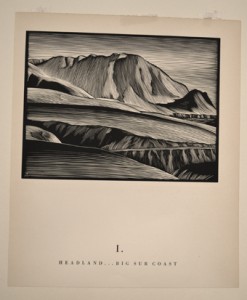
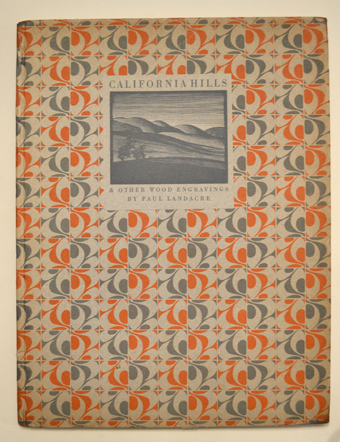
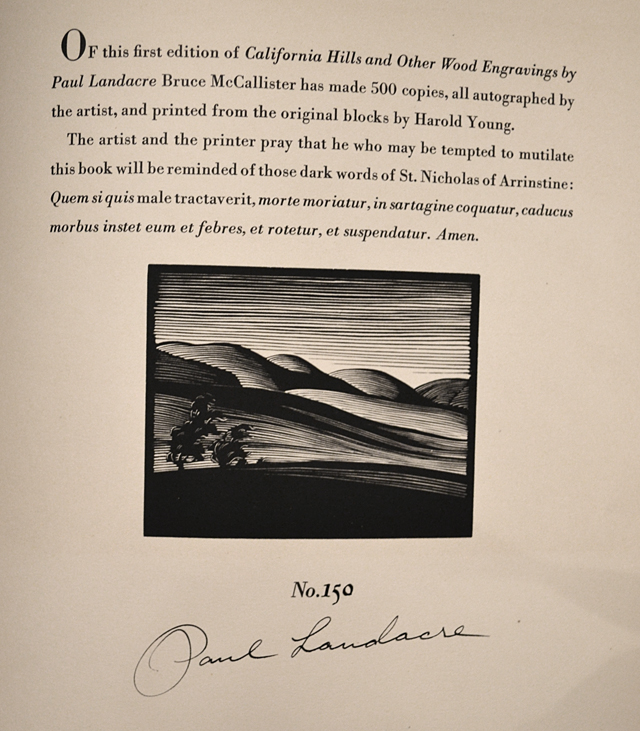
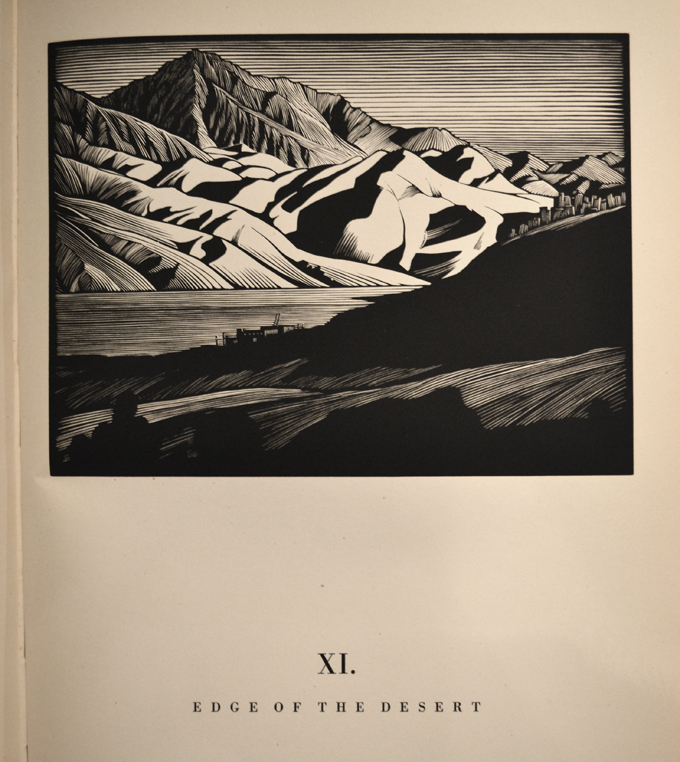
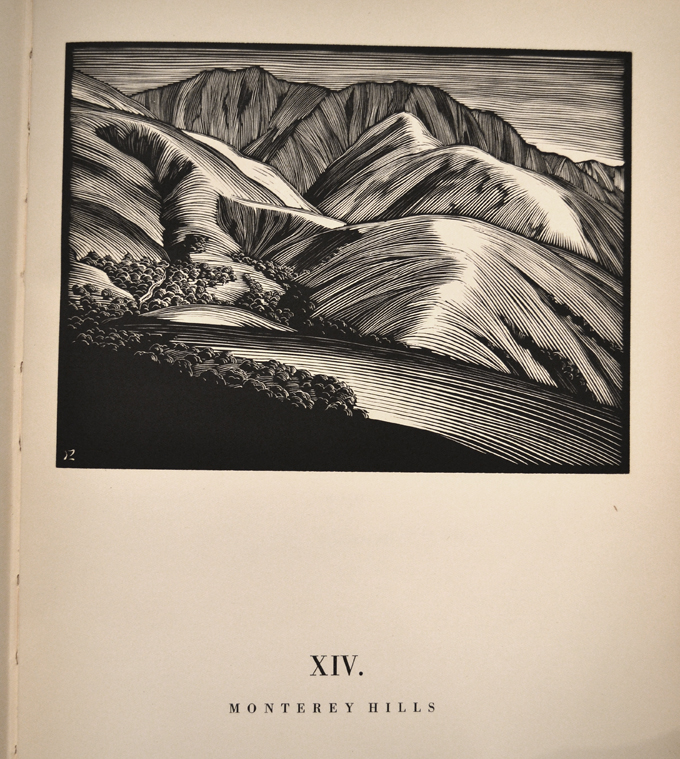
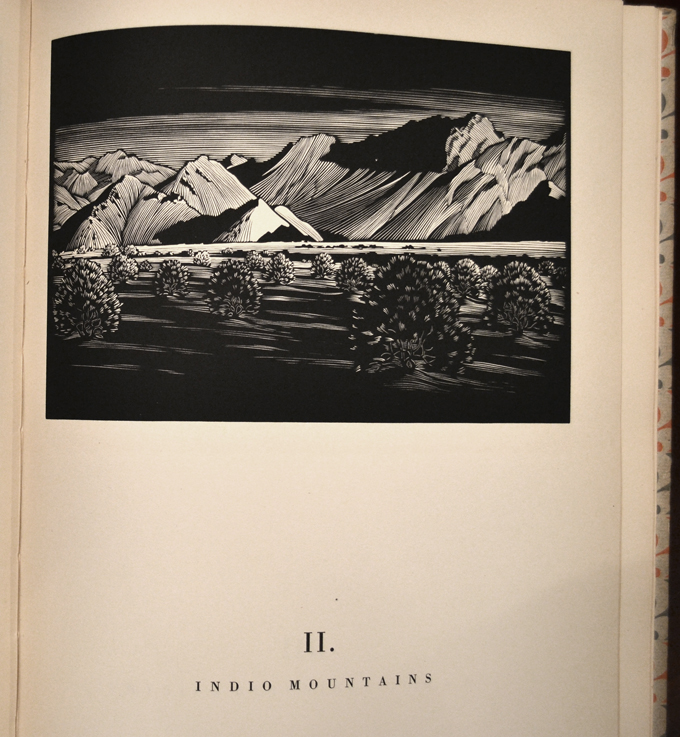
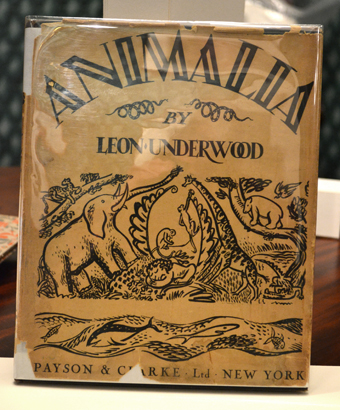
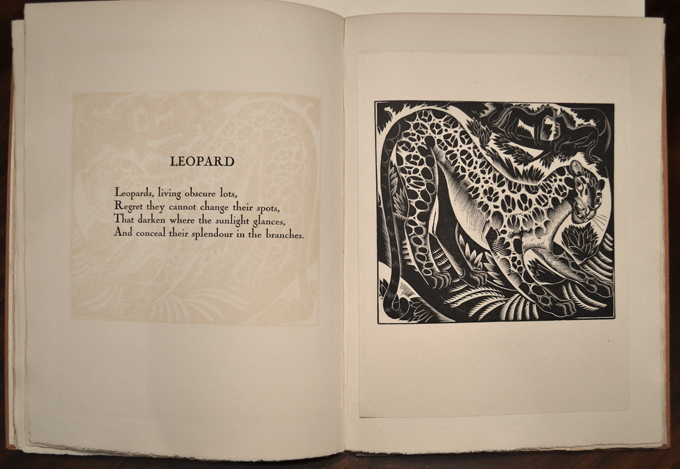
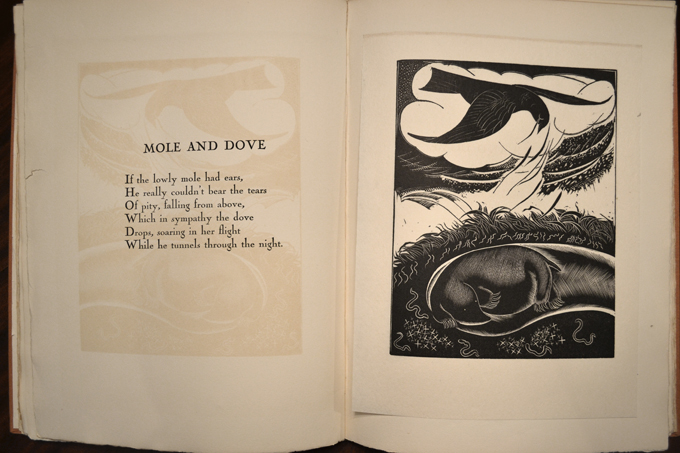
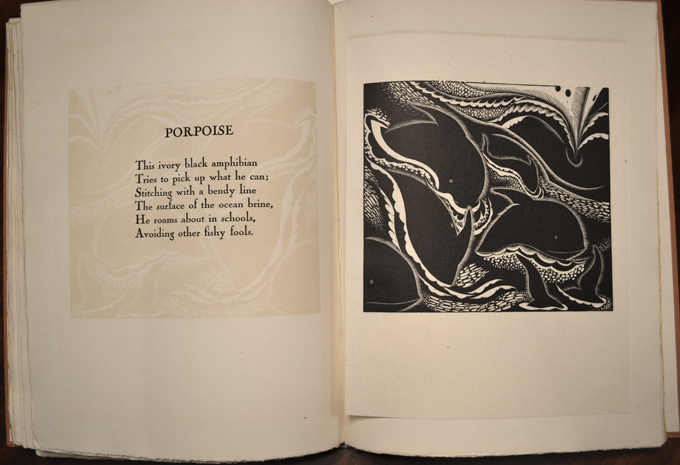
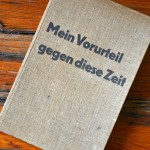
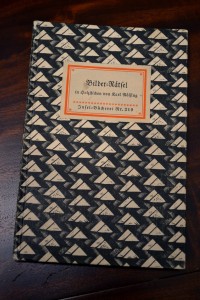
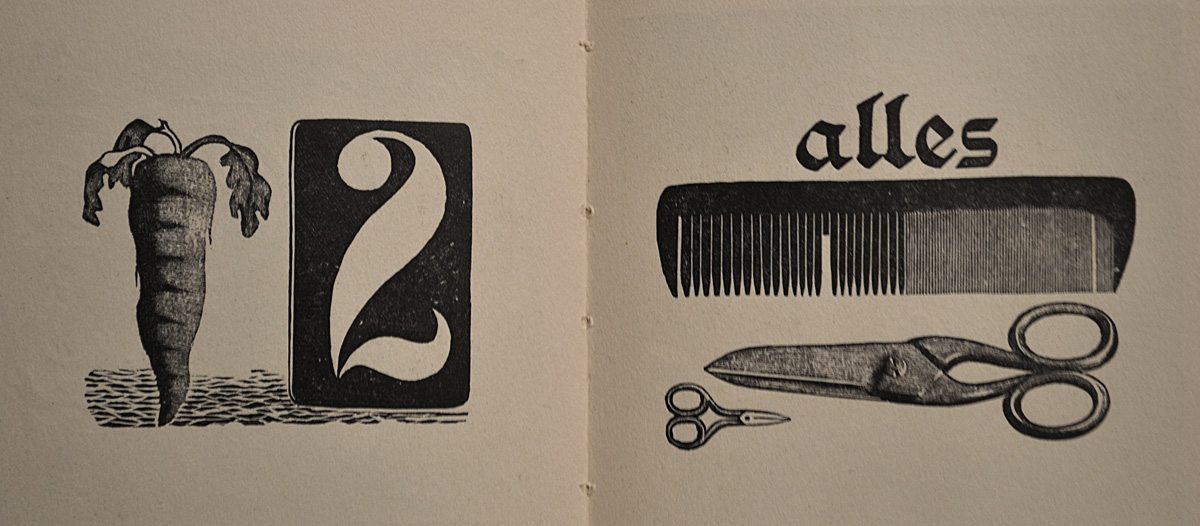
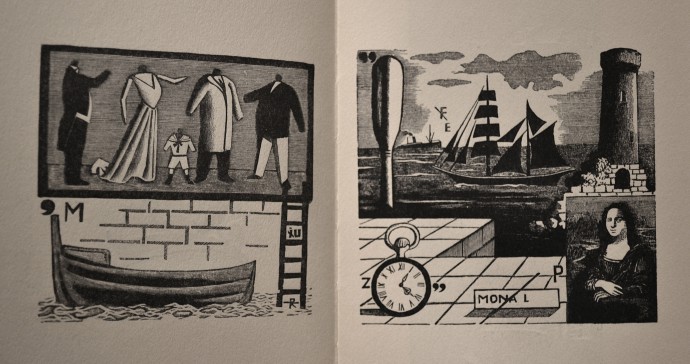
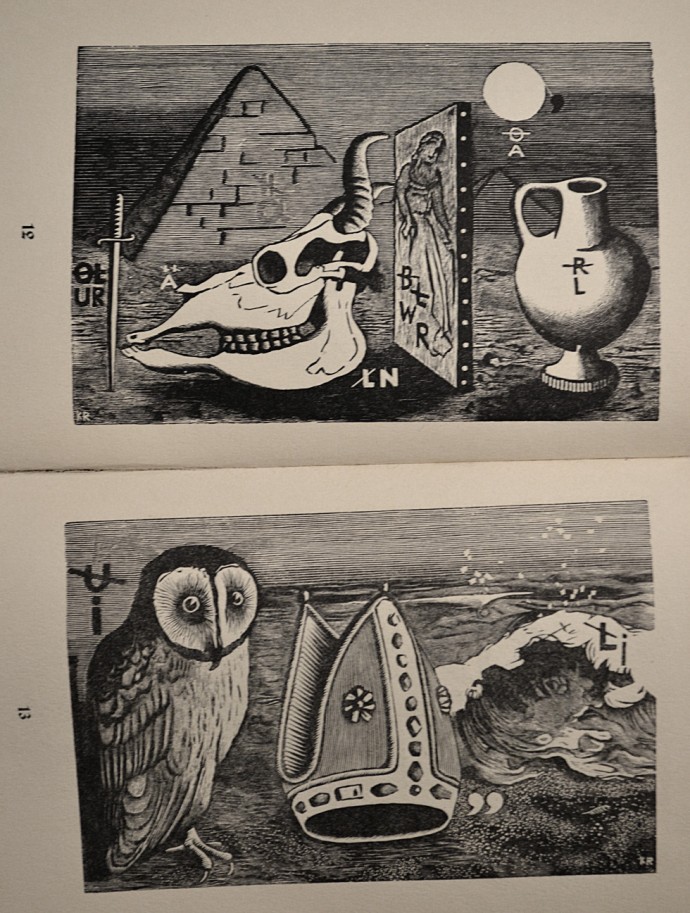
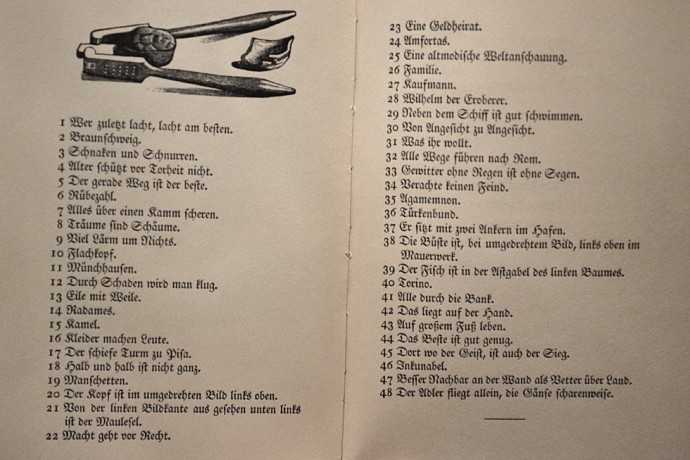
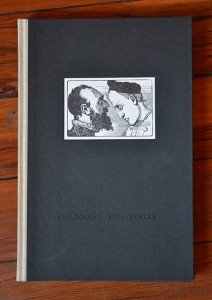
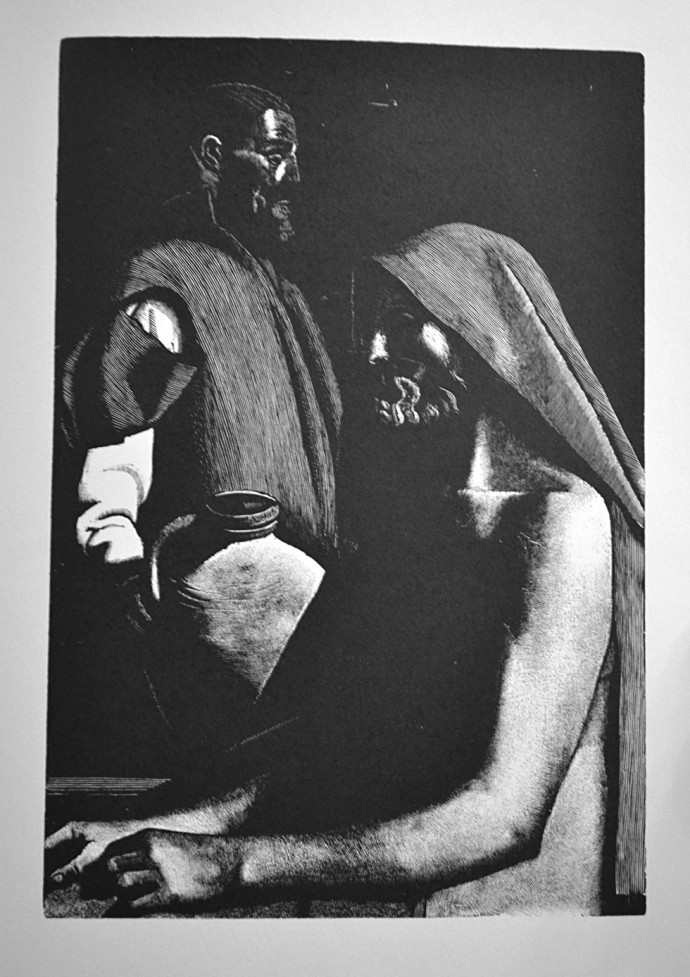
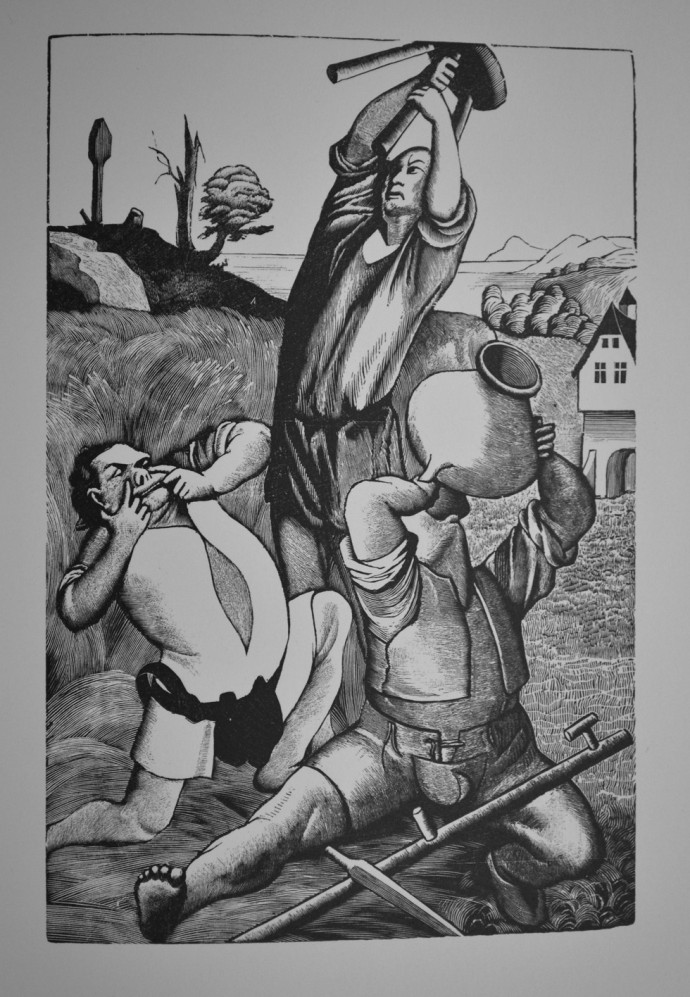
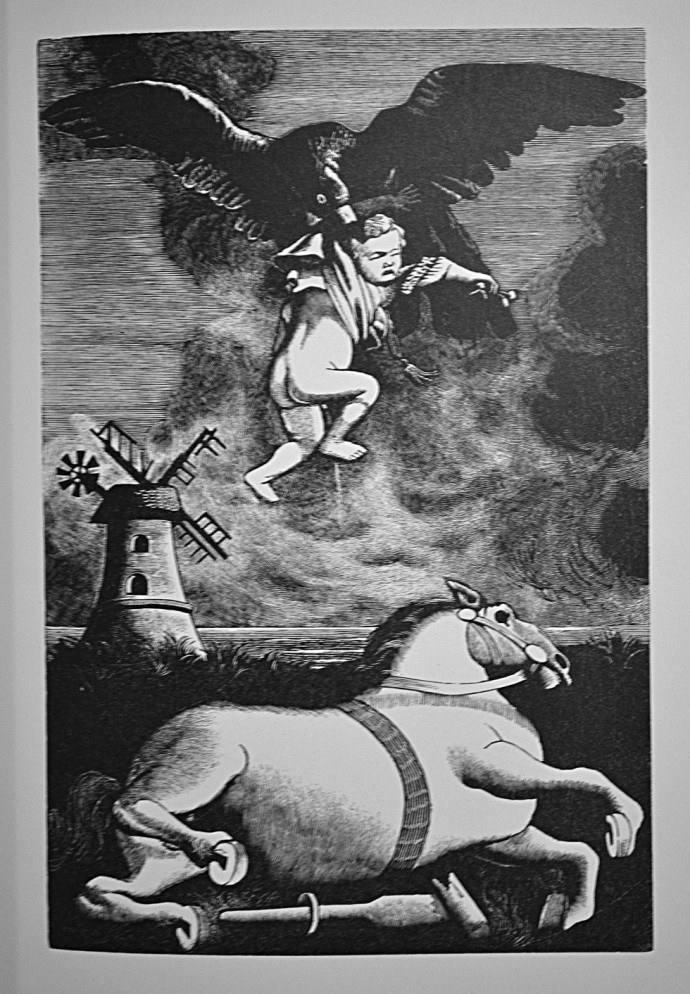
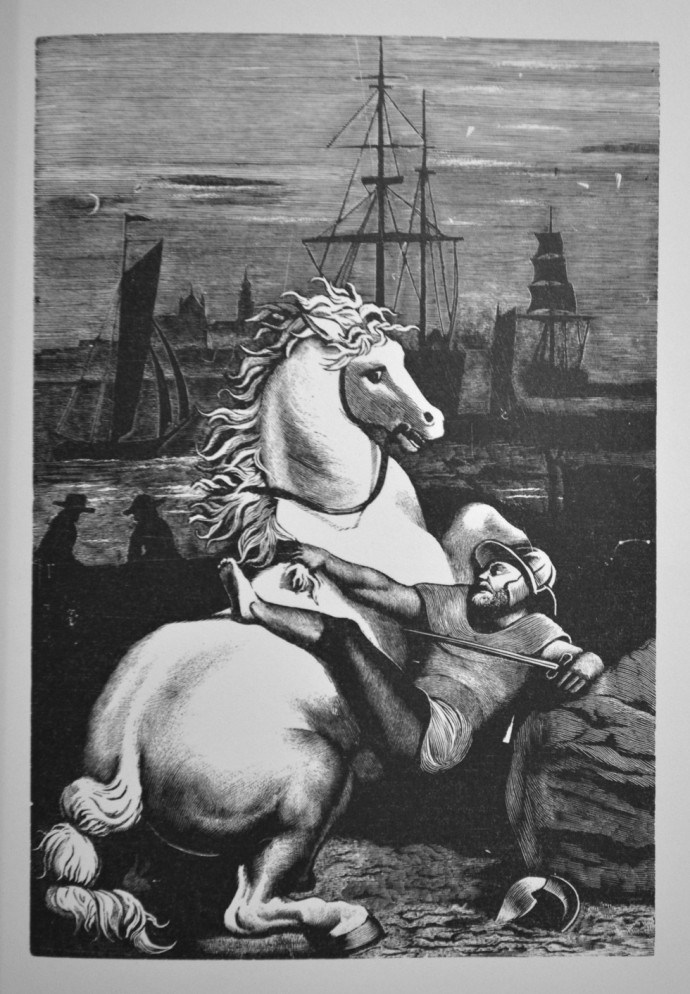
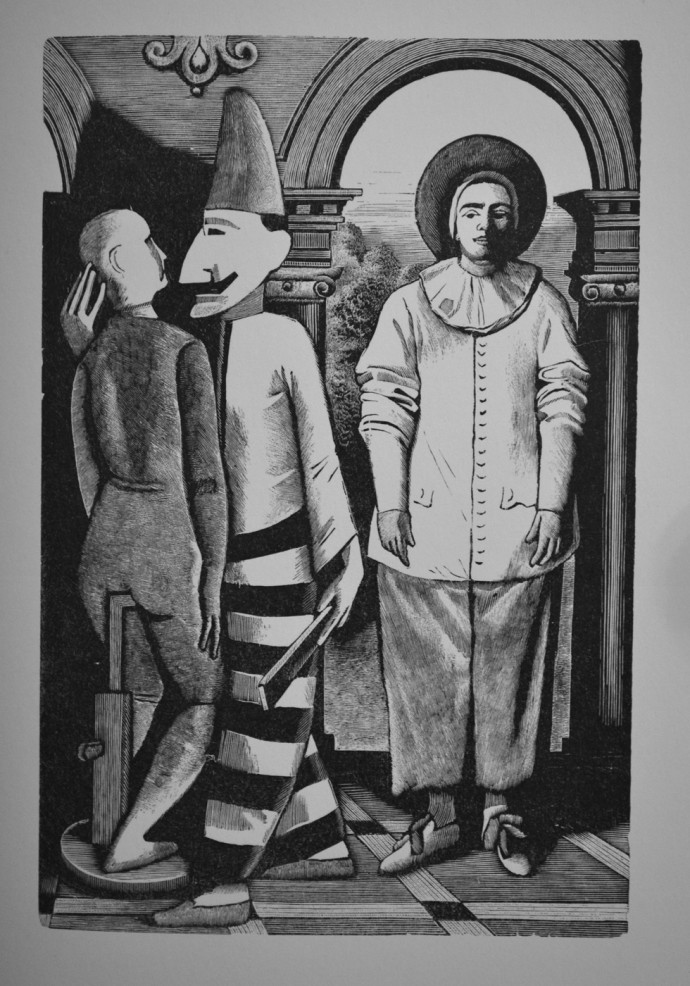
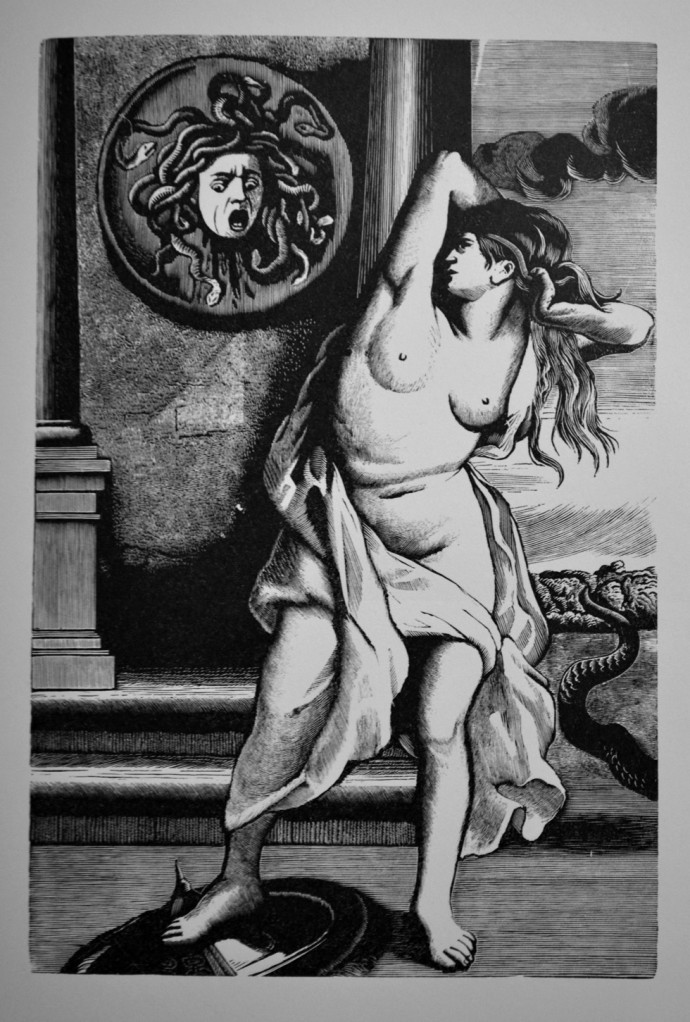










Just inherited a copy of Bilder Ratsel. Had no idea what was going on until I found your page here. Wondered if you had got anywhere working out the rebuses? Really interesting. Thanks.
Dear Sarah,
I haven’t a clue. You would need a scholar on early 20th-century German history, an expert on standard German and colloquialisms.
Sorry for the delayed response. My website hasn’t been alerting me to reader’s comments.
Scott
Scott